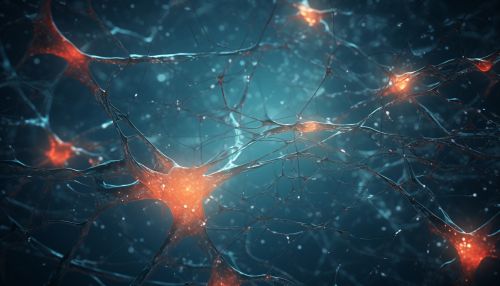Neurodevelopment
Introduction
Neurodevelopment refers to the processes that generate, shape, and reshape the nervous system, from the earliest stages of embryogenesis to the final years of life. This field within neuroscience is a rapidly evolving one, which seeks to understand how the structure and function of the brain emerge and change over time.
Developmental Processes
The neurodevelopmental process begins with neurogenesis, the process of generating new neurons, or nerve cells. This is followed by cell migration, where these new cells move to their final locations in the brain. The next stage is axon guidance, where the long extensions of neurons grow out to reach their target locations. Finally, synaptogenesis occurs, where neurons form connections with each other, creating the vast network of communication within the brain.
Molecular Mechanisms
The molecular mechanisms underlying these processes are complex and involve a variety of different types of molecules. These include growth factors, which promote cell growth and survival; transcription factors, which control gene expression; and cell adhesion molecules, which enable cells to stick together and interact with each other.


Disorders of Neurodevelopment
Disruptions in any of these processes can lead to neurodevelopmental disorders. These are a diverse group of conditions that include autism spectrum disorders, ADHD, dyslexia, and intellectual disability. Understanding the neurodevelopmental basis of these disorders is a major focus of current research in the field.
Future Directions
The field of neurodevelopment continues to evolve, with new technologies and approaches continually expanding our understanding of how the brain develops. These include advanced imaging techniques, genetic and epigenetic approaches, and the use of model organisms and in vitro systems to study developmental processes.
